Nestled in the heart of the medieval town of Assisi, Italy, the Basilica of Saint Francis is a sacred site that combines both historical and spiritual significance. This architectural masterpiece not only serves as the final resting place of Saint Francis but also offers a window into the rich history of the Franciscan Order. Whether you’re a history enthusiast, a lover of art, or someone seeking spiritual reflection, a visit to this awe-inspiring basilica is an unforgettable journey. Here's a closer look at what you can expect when visiting the Basilica of Saint Francis of Assisi.
1. The History Behind the Basilica
The Basilica of Saint Francis was built in the 13th century after the canonization of Saint Francis of Assisi. Its construction began in 1228, only two years after his death, and was completed in 1253. The basilica is divided into two main parts: the Upper Church and the Lower Church.
Saint Francis, founder of the Franciscan Order, is one of the most revered saints in Christianity. His deep love for nature, his commitment to poverty, and his devotion to simplicity are central themes that permeate the basilica. The church was constructed not only to honor his life but also to symbolize the spread of his teachings.
2. Architectural Beauty and Design
The Basilica is a remarkable example of medieval Italian architecture, blending Romanesque and Gothic elements. The Upper Church is grand and expansive, with soaring arches and vast stained-glass windows that fill the space with light. The design is meant to reflect the heavenly and divine, focusing on beauty as a pathway to spiritual connection.
On the other hand, the Lower Church exudes a more intimate and grounded feel, providing a serene atmosphere for prayer and contemplation. The crypt below the Lower Church houses the tomb of Saint Francis, where visitors come to pay their respects to the saint.
3. Frescoes by Giotto and Other Masters
One of the most striking features of the Basilica of Saint Francis is its frescoes, which cover nearly every wall and ceiling. The most famous among them are those by the renowned Italian painter Giotto di Bondone, who created a series of stunning frescoes in the Upper Church. These frescoes vividly depict scenes from the life of Saint Francis, offering a visual narrative of his humble beginnings, his ministry, and his miraculous experiences.
In addition to Giotto, other celebrated artists of the time, such as Cimabue and Simone Martini, contributed to the frescoes. The artwork inside the basilica is a treasure trove of medieval art, providing visitors with a glimpse into the spiritual and artistic fervor of the period.
4. Spiritual Significance and Pilgrimage
The Basilica is not just a historical monument; it is a living place of worship and pilgrimage. Every year, thousands of pilgrims visit Assisi to honor Saint Francis and experience a deep sense of spirituality. The peaceful atmosphere of the basilica allows visitors to reflect, meditate, and connect with the saint’s message of peace, simplicity, and humility.
Saint Francis’ connection to nature is particularly evident in the surrounding areas of Assisi, where the Franciscan Path of Peace guides visitors through serene landscapes that inspired the saint throughout his life. The spirit of Saint Francis is alive not only within the basilica’s walls but also throughout the beautiful town of Assisi, making it an ideal destination for spiritual renewal.
5. Practical Information for Visitors
When to Visit: The Basilica is open year-round, but it can get crowded during religious holidays, particularly in October (the feast of Saint Francis) and during the summer months. Early morning or late afternoon visits are recommended for a quieter experience.
How to Get There: Assisi is easily accessible by train from major cities like Rome or Florence. From the Assisi train station, you can take a bus or enjoy a scenic walk up to the town and the Basilica.
Admission: Entrance to the Basilica is free, though donations are welcomed. Guided tours are available for those who want to delve deeper into the history and significance of the site.
6. Nearby Attractions
Assisi is rich in history, and while the Basilica of Saint Francis is the main attraction, there are other notable sites worth visiting:
- Basilica of Santa Chiara: This basilica is dedicated to Saint Clare, the founder of the Poor Clares, and offers beautiful frescoes and a peaceful environment.
- Eremo delle Carceri: Located on Mount Subasio, this is a Franciscan hermitage where Saint Francis and his followers once retreated for prayer and contemplation.
- Piazza del Comune: The heart of Assisi’s town center, this lively square is home to historic buildings such as the Temple of Minerva, a well-preserved Roman temple.
To plan your visit to the Basilica of Saint Francis of Assisi, visit skyroutetravel.in for more information.

 Canada
Canada
 Sri Lanka
Sri Lanka
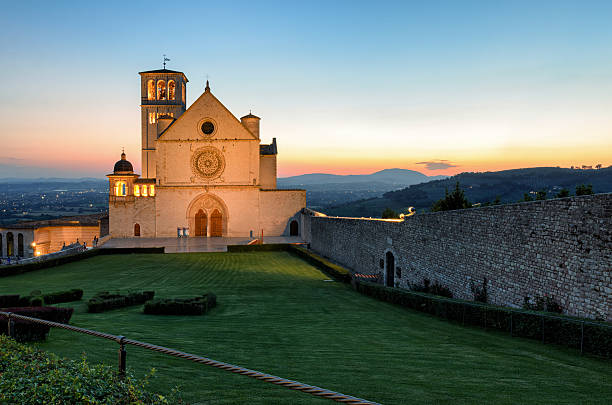
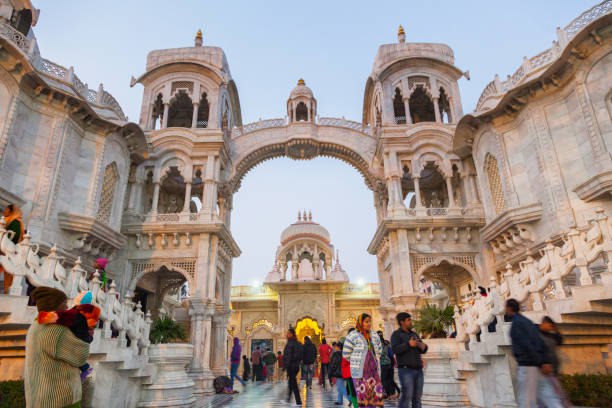
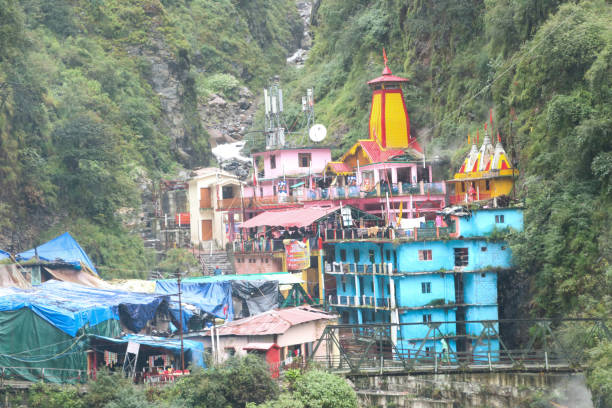
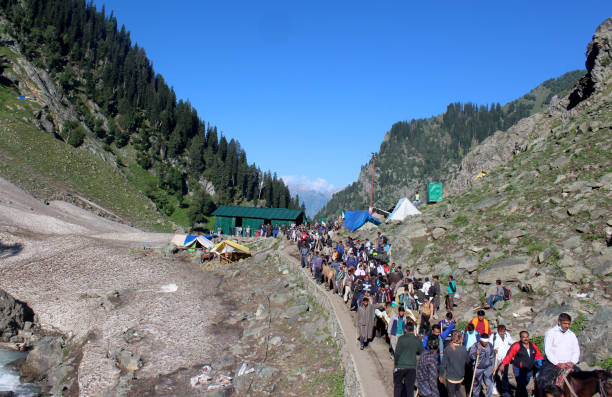
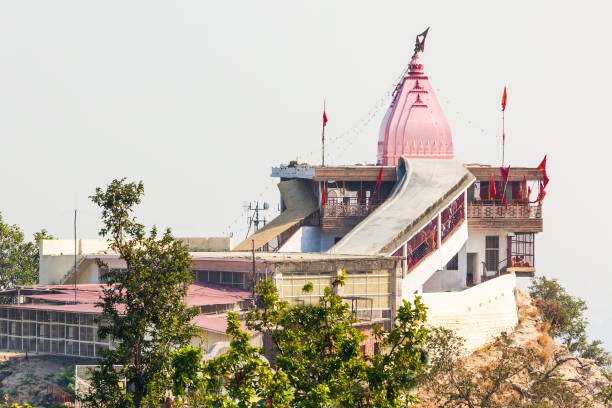
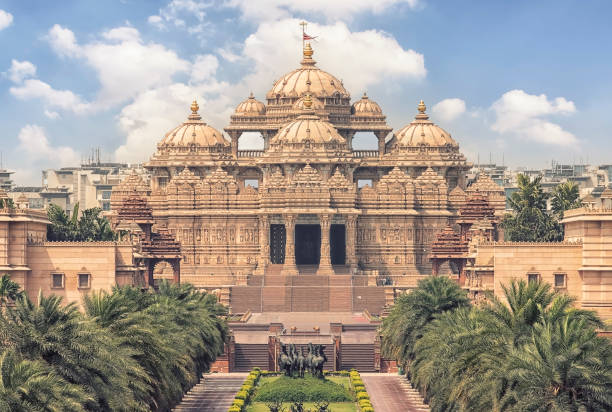
0 comments for this post